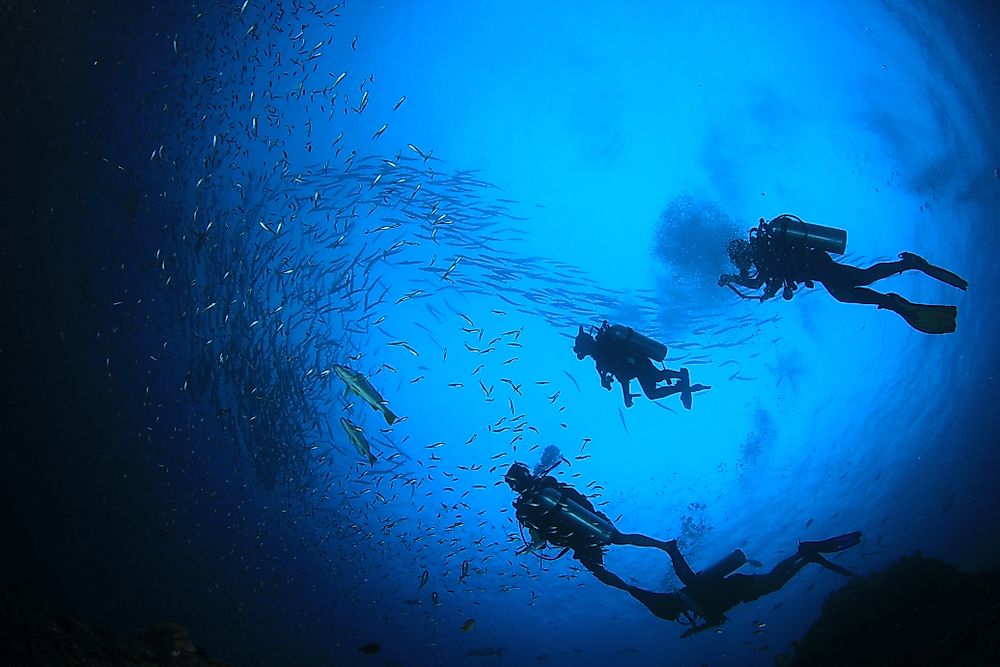What is the Bends?

The bends, also known as Decompression Sickness (DCS) or Caisson disease, is an illness caused by gas (nitrogen) bubbles forming in the blood after a rapid ascent. It affects aviators, scuba divers, compressed-air workers, and astronauts. The bends mostly affects an individual’s nervous and musculoskeletal systems. The affected body parts include the lung, joints, brain, heart, skin, and spinal cord. There are two variations of the bends namely Type I and Type II. Type I bends is more severe than the Type II bends.
The Bends in Scuba Diving
Usually, the scuba divers use gas masks which facilitate their breathing when under water. The DCS complication occurs when nitrogen in the dissolved gases comes out of the solution in the form of bubbles and gets into the blood in the body of the swimmer.
Factors That Increase the Risk of the Bends
Some of the risk factors associated with the bends are the thermal stress-body temperature of the diver, post-dive air travel, general poor health and physical fitness, and inappropriate breathing gas mixture. To prevent the bends, scuba divers need to dive conservatively, ensuring that they adhere to standard diving procedures.
Symptoms of the Bends
Most signs of the bends show within the first 48 hours of illness. Symptoms include pain in and around the major joints of the body especially the shoulders and elbows, burning chest pain, difficulty in breathing, cyanosis, cough, itchy rashes on the skin, and extreme fatigue. In cases of neurologic DCS which affects the spinal cord, the symptoms are fatigue, abdominal or chest pains, lower back pains, numb or “heavy” legs, and loss of control of the sphincter muscles. Brain DCS indicates signs like dizziness, confusion, lack of consciousness, limited vision, and imbalance when walking.
Treatment of the Bends
Whenever one notices a scuba diver with any of the bends’ symptoms within one hour of surfacing from a dive, the first action is to call an emergency hotline for medical assistance. Secondly, the first aid treatment is essential. One should administer CPR, if necessary, and keep the ailing diver on 100% oxygen until medical help arrives. As soon as the medical practitioners come, the dive history should be given. Medical practitioners should perform an on-site neurological examination to help in assessing the extent of injury of the patient.
The approved medical treatment for the bends is recompression. Recompression reverses the effect of the bends on a diver by decreasing the concentration of nitrogen, increasing concentration of oxygen, decreasing the concentration of carbon monoxide, and decreasing the size of the gas bubbles.











